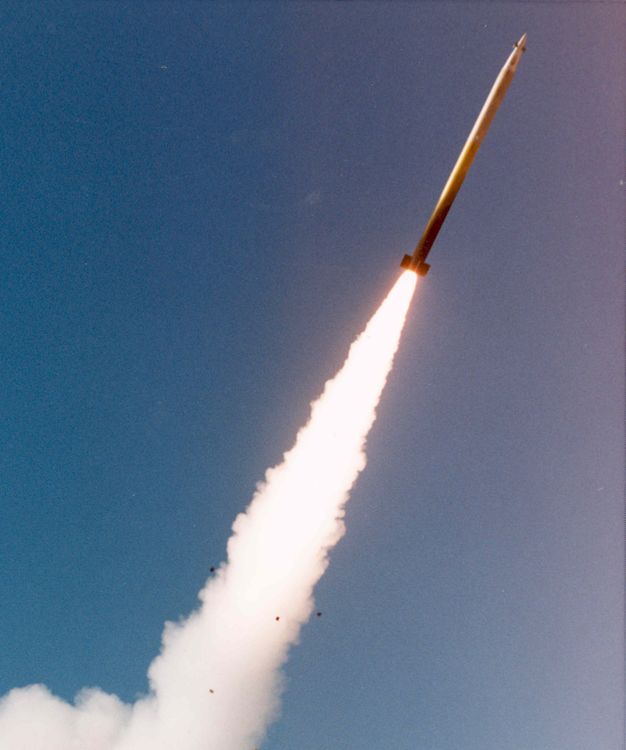
Northrop Grumman Corporation officials have noted the aerospace company has completed a Preliminary Design Review (PDR) and is on track to begin production on the nation’s early-defense warning missile system.
The PDR is in accordance with the U.S. Space Force Space Systems Command’s Next Generation Overhead Persistent Infrared Polar (NGP) program.
“Northrop Grumman is on an accelerated path to delivering an early-warning missile capable of surviving attacks from space, ground or cyber elements,” Northrop Grumman NGP Vice President Alex Fax said. “NGP satellites will maintain a direct line of communication back to the continental United States, limiting dependency on overseas ground satellites.”
According to Northrop Grumman, the PDR established the company’s technical approach for Eagle-3 spacecraft infrared sensor; auxiliary; and high-bandwidth communication payloads full integration developed at the firm’s Azusa, Calif., site.
Additionally, the two NGP satellites, which operate in highly elliptical orbits, are designed to detect and track ballistic and hypersonic missiles over the northern hemisphere, with broad coverage over the polar region offering the highest probability of detecting potential missile launches.
Northrop Grumman noted NGP possesses the capability to identify incoming threats infrared heat signatures and transmit the mission data to the ground. Based on the threat, decision makers can deliver responsive and informed decisions.




